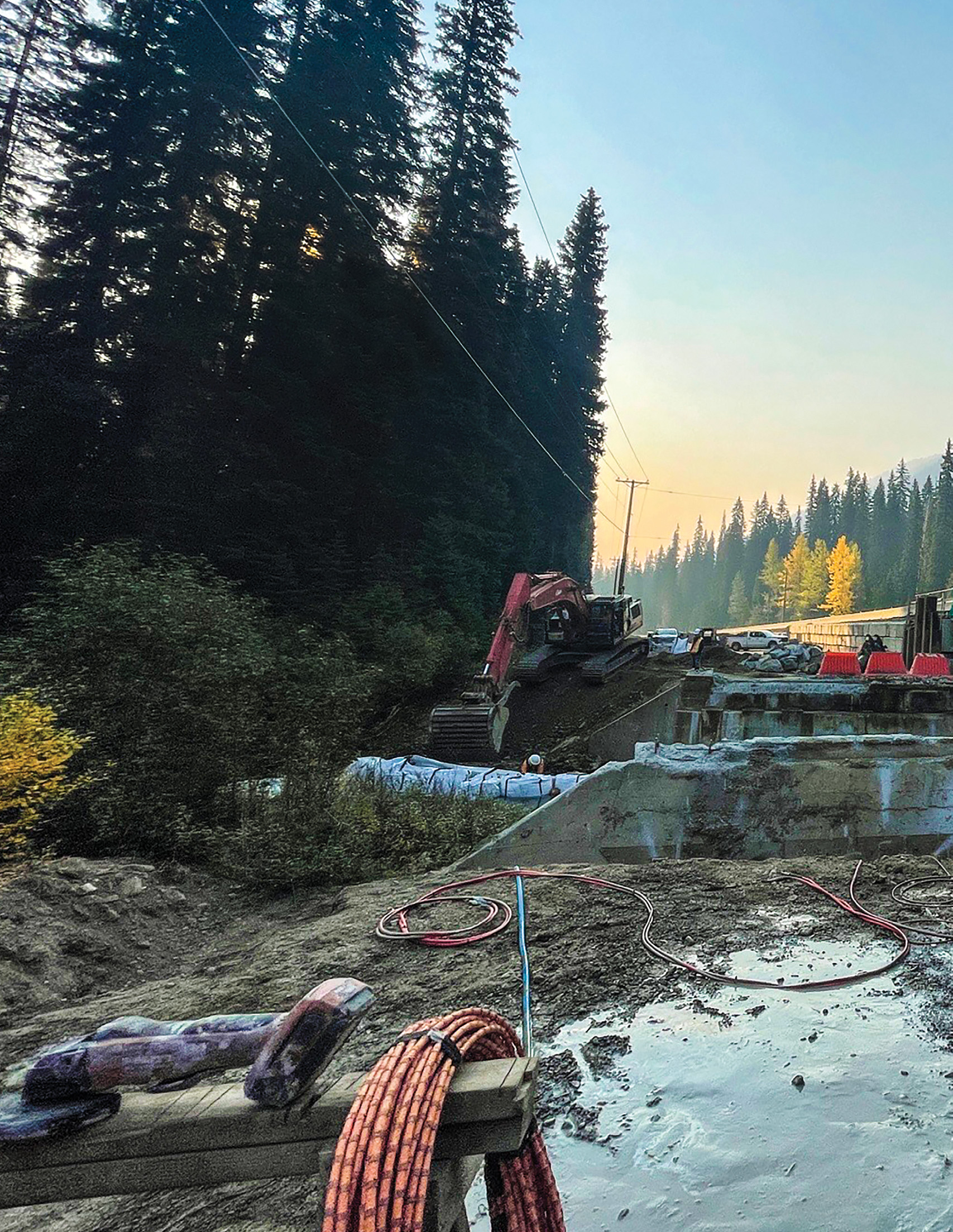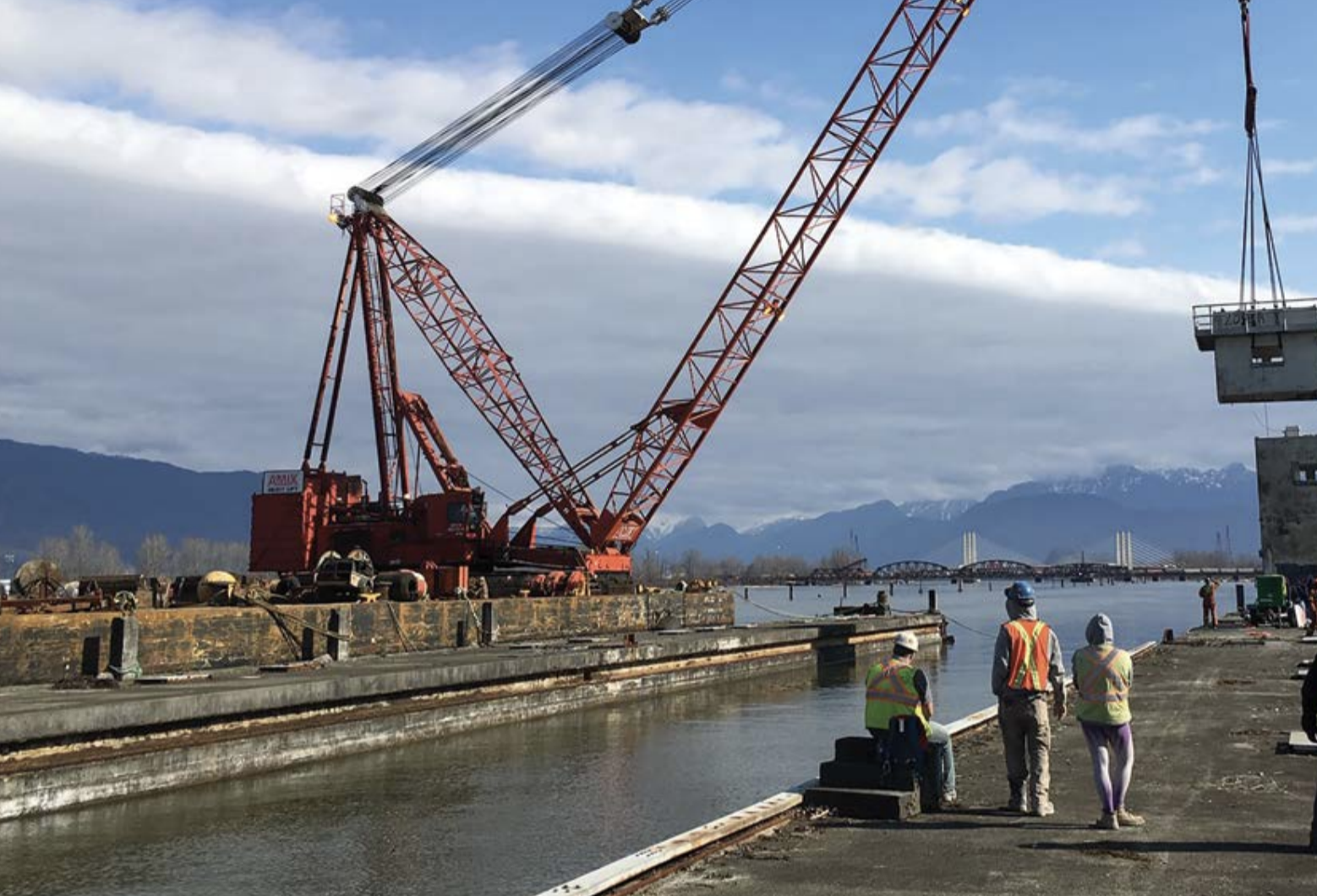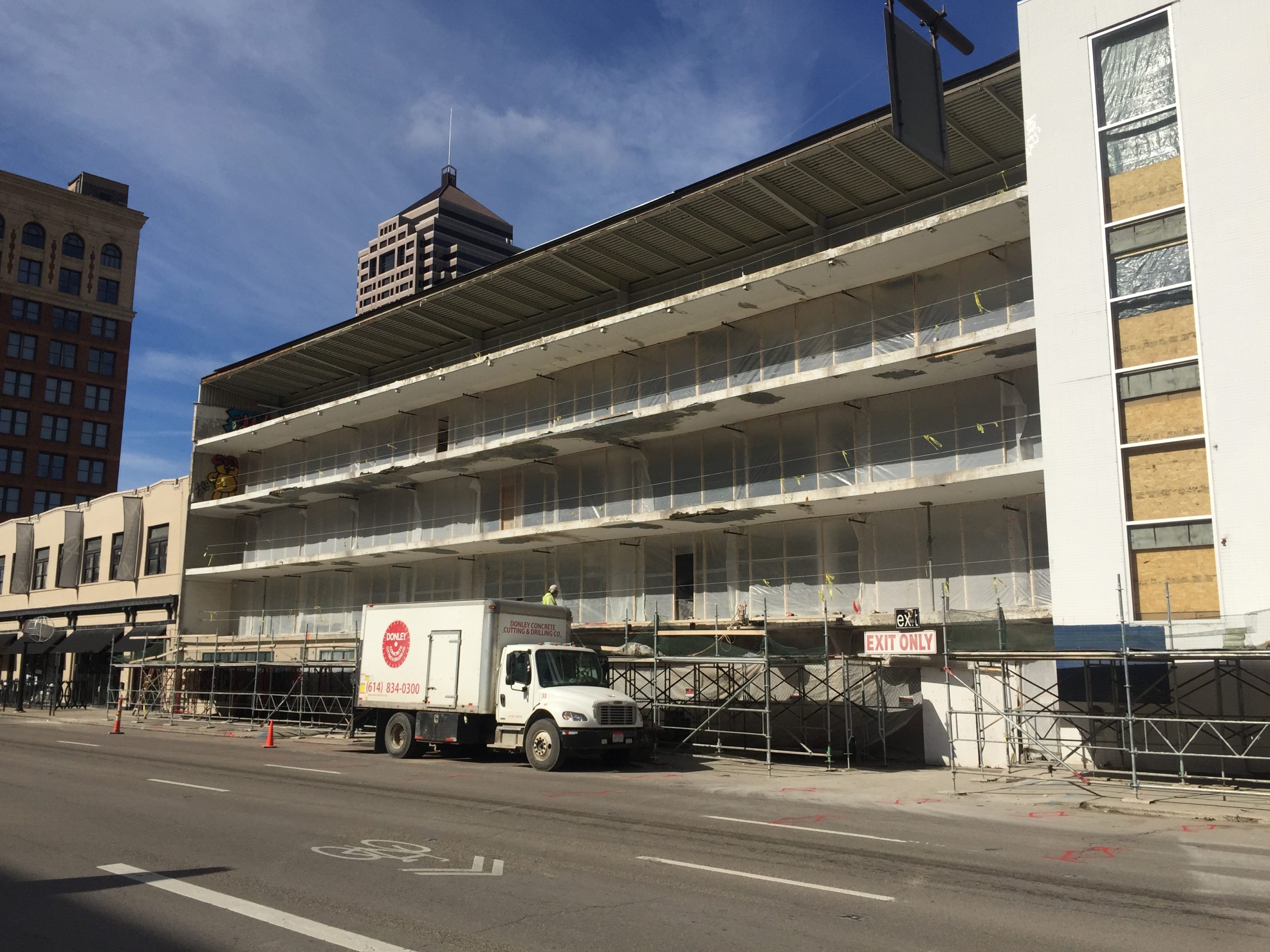
Slot Cutting Precision at the Vancouver International Airport
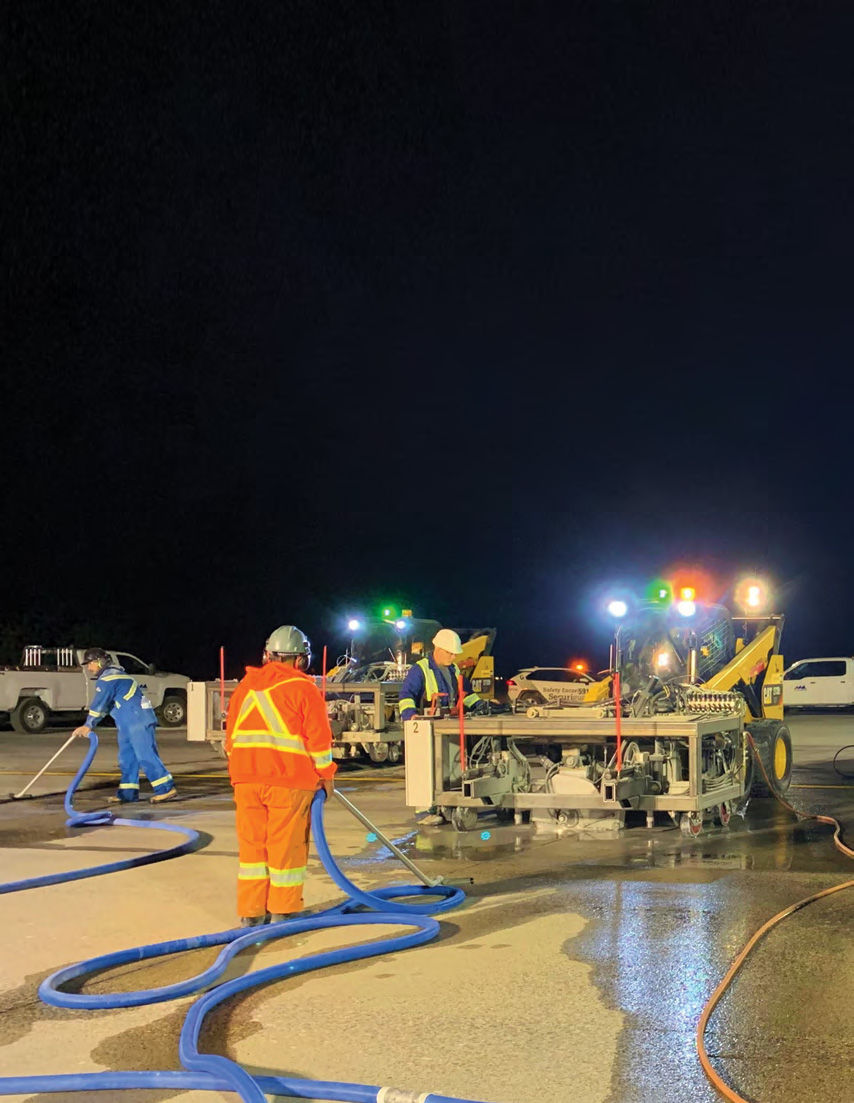
The Vancouver International Airport (YVR) located in Richmond, British Columbia, Canada, is about 7.5 miles from downtown Vancouver. It is one of the busiest airports in Canada, serving as a major hub for both domestic and international air travel. It handles a significant amount of passenger and cargo traffic, with over 600 aircraft runway movements per day as of March 2023.
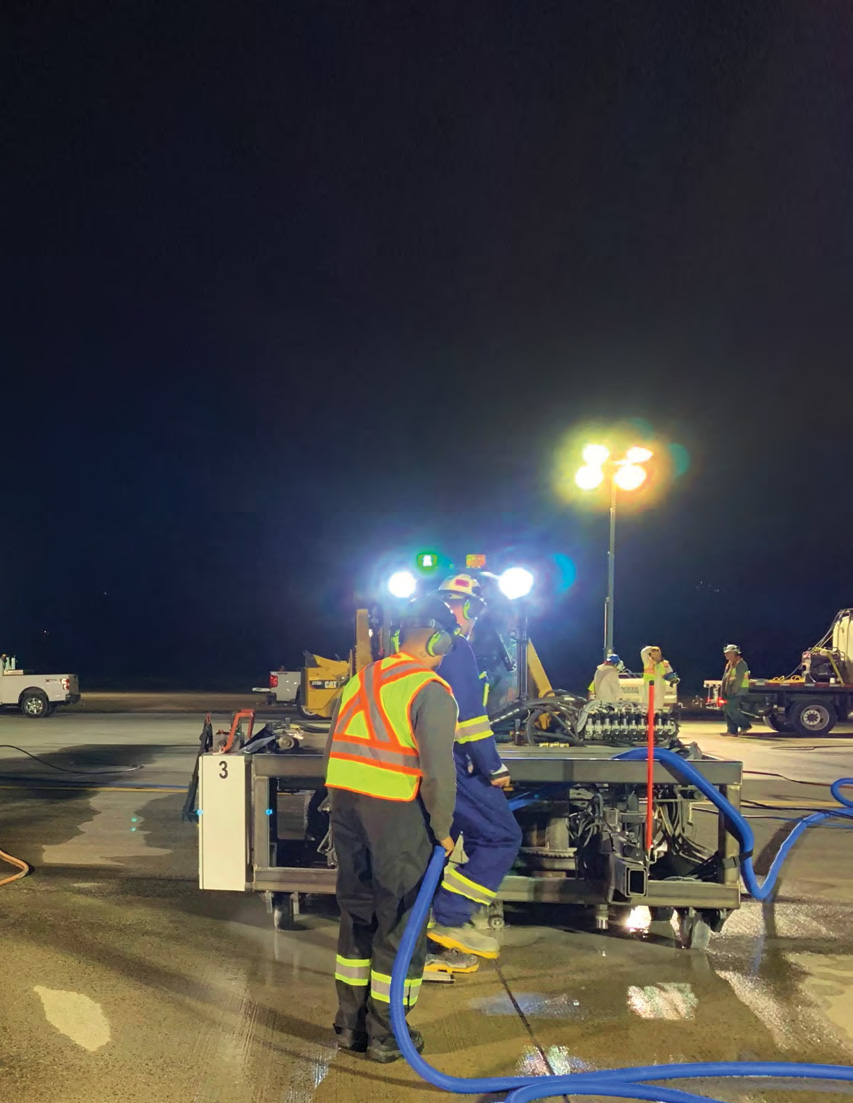
YVR consists of two parallel runways and one single crosswind runway. The main North Runway had deterioration occurring on the concrete surface due to the loss of load transfer between the panels. This is a common issue for airports, as the constant weight and friction of aircrafts creates wear and tear on the runway surface over time, which causes the concrete panels that make up the runway to become uneven or even separated, leading to gaps or voids between the panels. YVR desperately needed to address this fundamental issue in order to extend the North Runway’s service life and ensure the safety of aircraft and passengers. The challenge was to perform the repairs around the high volume of flight activity at YVR. It was impossible to reroute air traffic or remove the North Runway from service for an extended period, therefore making the common full panel replacement repair method infeasible.
In order to circumvent the high runway movements, an ambitious plan was hatched to allow the rehabilitation work to be done while maintaining normal flight operations. The plan involved installing over 50,000 dowels to stitch together the concrete panels of the North Runway to strengthen and reduce deflection in order to preserve the existing runway. This installation would have to happen overnight, in a short 10 p.m. – 6 a.m. work window, allowing planes to land the very next morning. And to achieve any reasonable project schedule, a goal of 500 dowel installations per night was set.
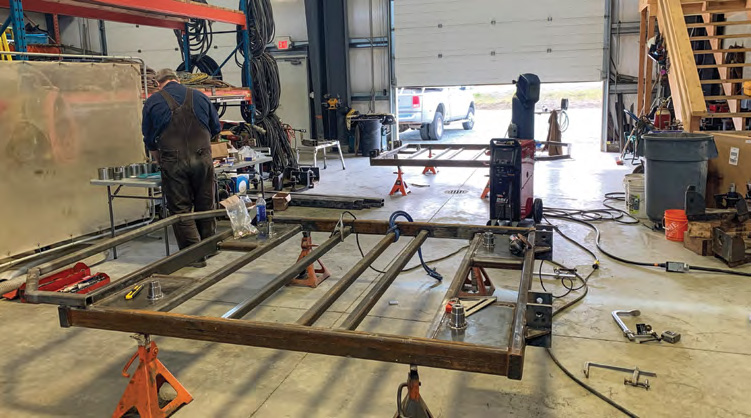
The short work window created a significant constraint to achieving the goal. All work had to be completed during the 8-hour window so that the runway was ready to return to service by the end of the work shift. This had to include a full mobilization of crews and equipment onto the runway, precise sawing and removal of the concrete, dowel installation, concrete patching, quality control check, clean up and a full demobilization. The timing of each work process had to be meticulously planned to ensure airport operations would not be affected. The first and most critical 3 saws producing slots before self contained vacuum trailers came onlinetask to the success of this plan would be the quick and precise sawing of the dowel slots to allow the rest of the work to take place in the short work window.
CSDA member West Coast Cutting and Coring Group Ltd. (WCC Group) of Vancouver, BC took on the challenge, teaming up with a local contractor to perform the work out on the runway. Having been in the concrete cutting industry for over 47 years, the team at WCC Group knew that conventional techniques and equipment would not suffice for this job and that a customized approach was necessary due to the parameters put on the project. Conventional off-the-shelf flat sawing equipment could not meet the project constraints of speed, runway manpower restrictions, consistency and precision. Conventional highway gang saw equipment could not perform this type of work either, without significant modification, creating the need for an innovative solution. A significant hurdle for WCC Group in developing this new equipment was the turnaround time between the contract award and the project start date. From day one of equipment design, until it was out on the runway was approximately 100 days, which for machinery of this technical caliber, is an extremely short development time.
The team at WCC Group had to think outside the box and develop an innovative sawing solution for the airport that would help facilitate the rehabilitation work as YVR had planned. A custom automated saw head design was developed that met the exact project specifications and constraints. The sheer volume of the slots that had to be saw cut within a close tolerance of 5mm in length, width and depth required machinery that was very task specific.
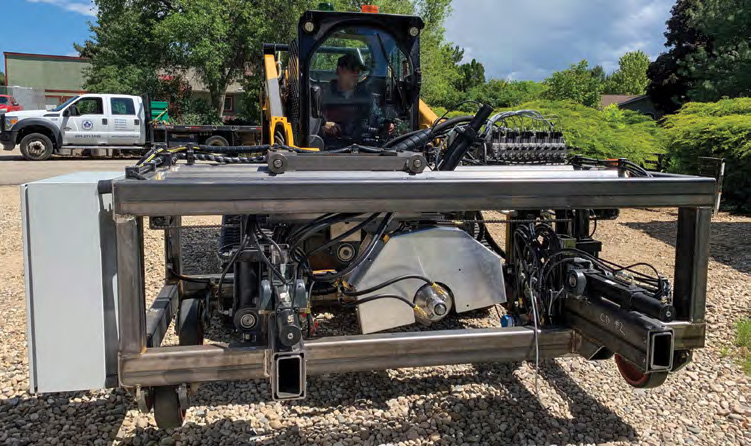
The concept of the sawing system used the largest skid steer that Caterpillar manufactures and paired it with the custom automated saw head and vacuum system that would saw cut the dowel slots and core drill the corners to prevent spalling in one automated process, as well as contain and collect the slurry run off as it was created. Each slot saw required a freshwater slurry recovery system and had to be completely self-contained to run independently out on the runway. This posed the first design hurdle—how to design an automated sawing system that could cut slots and clean them out at the same time.
The machines were designed using Programmable Logic Controllers (PLCs), which are specialized industrial computers designed to control and automate manufacturing processes. PLCs are created to be rugged and reliable, with a high degree of resistance to electrical noise, vibration and temperature extremes. They typically have a variety of input and output modules that allow them to interface with sensors, actuators and other devices.
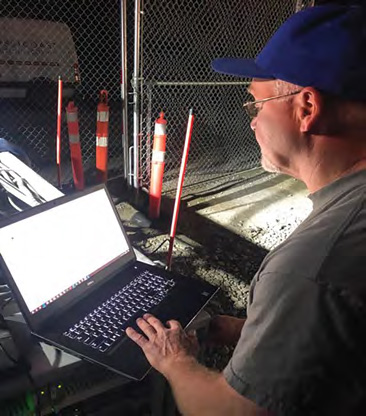
The programming of a PLC utilizes specialized software that allows the user to create ladder logic diagrams. These diagrams communicate the logic of the control system with inputs and outputs represented as “rungs” of the ladder and logic operations represented by symbols such as AND, OR and NOT. For these machines, all control logic and functionality were programmed into the PLC directly from a laptop computer. In the end, the internal operation of the machine resembled a player piano.
The nature of the PLC-controlled machines provided a product far superior to anything that could be accomplished through conventional concrete cutting methodologies. The result of the saw cut is like CNC (Computer Numerical Control) precision machine shop work. In innovating custom equipment for this project, it became very clear that this innovation superseded the conventional approach and that, on a number of different factors, it actually was preferable.
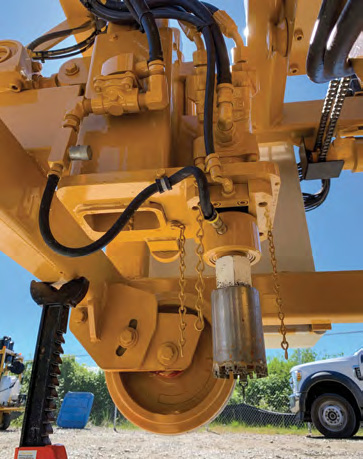
The automation of the machines reduced the number of people required to perform the task. WCC Group estimated that because of the machines, it reduced the number of operators required to complete the project per shift from five to one. The safety aspect of these machines was a large factor when it came to the design, but the fact that they are PLC-controlled means that the operator could keep their distance from the actual cutting operation which resulted in no injuries on this project.
Each sawing machine was totally self-sufficient, with an operator controlling them via iPad and a team that would follow behind and replenish the freshwater and remove the slurry from the runway. They had a brief timeframe each day to get on the runway, hit the Design Engineer’s goal of 500 slots, get operators and equipment off, and leave the runway clean. The maximum production achieved using five machines on a single night was 720 per night of the 50,000 total, the number of slots required and achieved by the team.
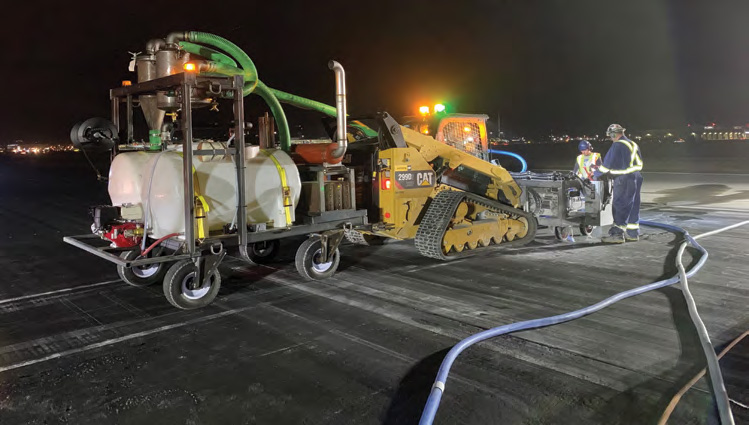
Brian Wnuk, President of West Coast Cutting and Coring Group Ltd., said about this project, “I pride myself in being on the leading edge of this industry. Building better mousetraps is where it’s at. If there’s a way to do it quicker and faster, then we get together to build a better mousetrap.”
The team fine-tuned the machines as they went and achieved the ultimate goal of 500 slots per shift and ended up exceeding that goal, even reaching the aforementioned highest record night of 720 slots. Not only was WCC Group and the team able to complete the original 50,000 slots, but the owner was satisfied enough to provide them with an additional 15,000 more slots on the taxi way to complete. This extra was due to the immensely high-quality work and the capability of meeting the lofty production goals. The YVR engineering staff acknowledged the innovation and were impressed by the initiative to fabricate equipment designed for a very specific purpose. The minimum production rate was not only achieved but exceeded.
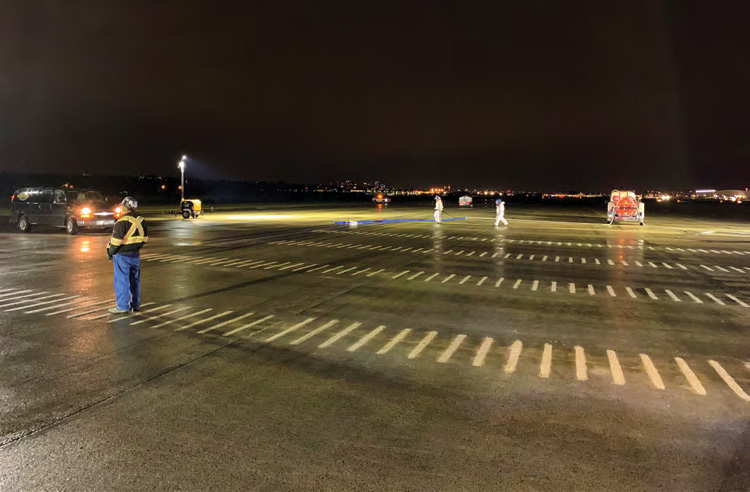
The completion of this project stands as a testament to the unwavering dedication and ingenuity of CSDA contractors and how beneficial collaboration can be. Despite facing numerous obstacles and hurdles along the way, their relentless commitment to excellence propelled them forward. Through the fabrication of special equipment tailored to the project’s unique requirements, WCC Group highlighted their remarkable problem-solving abilities. They demonstrated an exceptional ability to adapt and innovate, resulting in the successful delivery of a high-quality and timely product.
This achievement not only solidifies the contractors’ expertise and technical capabilities but also reflects the collaborative spirit that drove this project’s success. This project serves as a shining example of what can be achieved when expertise, determination and a commitment to excellence converge.
COMPANY PROFILE
West Coast Cutting and Coring Group Ltd. (WCC Group) has been in business since 1976 and is headquartered in New Westminster, B.C. Canada with branch offices in Prince George, Vancouver Island and Edmonton, AB. WCC Group has 60 employees and 50 trucks. They have been a CSDA member since 2001.
RESOURCES
General Contractor
Flatiron Constructors
CSDA Contractor
West Coast Cutting and Coring Group Ltd.
Contact: Brian Wnuk
Email: brianwnuk@westcoastcutting.ca
Tel: 604-291-1448
Website: www.westcoastcutting.ca
Methods Used: Flat Sawing, Core Drilling











